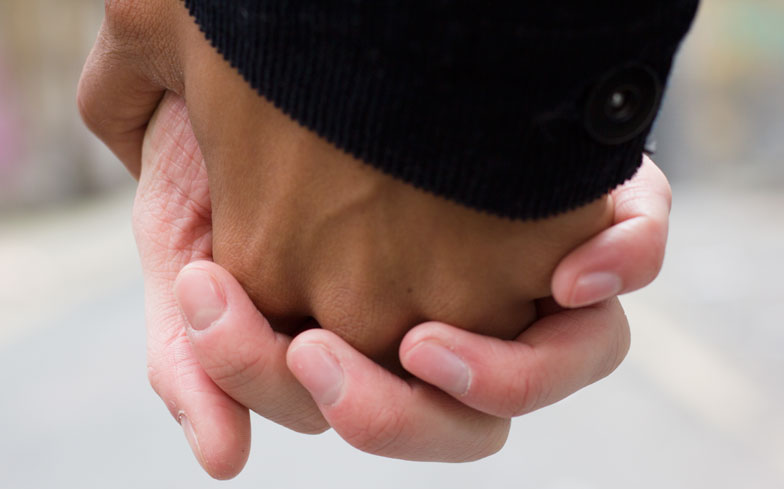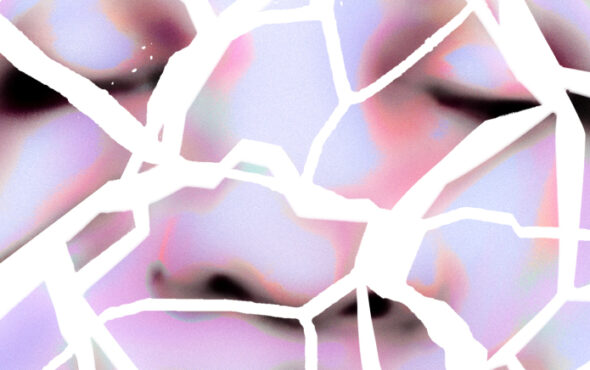
It has long been debated that human sexuality is much more complex than a one-or-the-other option – and now some new research has found evidence to that will take apart age-old beliefs about heteronormative sexual orientation.
A research team in the US have conducted a study to uncover true human sexuality through physiological cues, finding that against everything we learn when we grow up, a fully straight person doesn’t actually exist.
“It’s basically a study that assesses sexual orientation by looking at the eyes and whether they dilate or not,” Ritch C. Savin-Williams, the Director of Developmental Psychology and the Director of the Sex and Gender Lab in the Department of Human Development at Cornell University, told Broadly.
“You can’t control your eye dilation. Essentially, that’s what the whole project attempts to get at, another way of assessing sexuality without relying on self report. Another way of course is genital arousal, but that gets a little invasive.”
It has been ingrained into us at an early age that you can only be either gay or straight, with the idea of bisexuality only really being taken more seriously in recent years.
However, Savin-Williams’ team found that sexuality in fact operates on a spectrum, and isn’t a binary system.

Gay Times
That does mean that while someone can’t be 100 percent straight, they also can’t be 100 percent gay either.
To come to this conclusion, the research team monitored the eye dilation of men and women while showing them a range of pornographic imagery.
“We show straight men a picture of a woman masturbating and they respond just like a straight guy, but then you also show them a guy masturbating and their eyes dilate a little bit,” Savin-Williams explained.
“So we’re actually able to show physiologically that all guys are not either gay, straight, or bi.”
He added: “There are aspects [of male sexuality] along a continuum, just as we have always recognized with women.
“Men have gotten so much cultural crap put on them that even if a man does have some sexual attraction to guys, they would never say it.”
Last year, Ritch C. Savin-Williams wrote for Gay Times on a new type of identity he had coined: the mostly straight guy.
He proposed that this type of person resides in a region between heterosexuality and bisexuality.
“It helps that his millennial culture, with a greater acceptance of gender and sexual diversity and the benefit of social media, is increasingly giving exposure to sexual and romantic complexity, thus decreasing its mysterious qualities and allowing him to give himself an identity—mostly straight,” he wrote.



